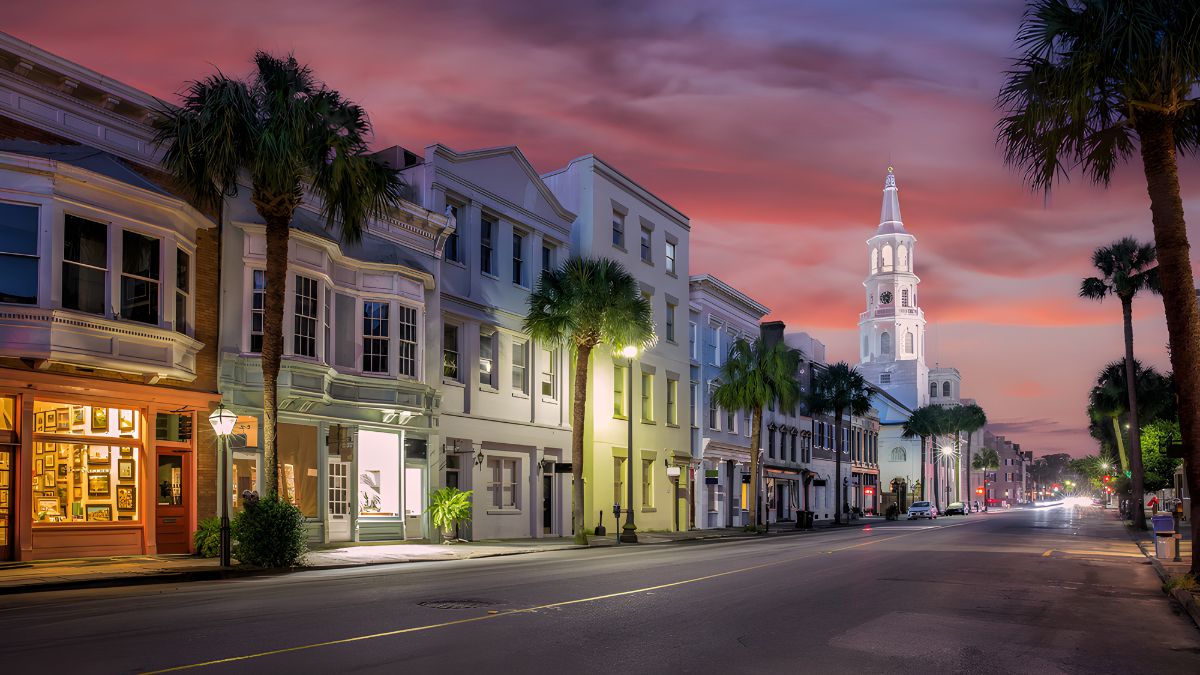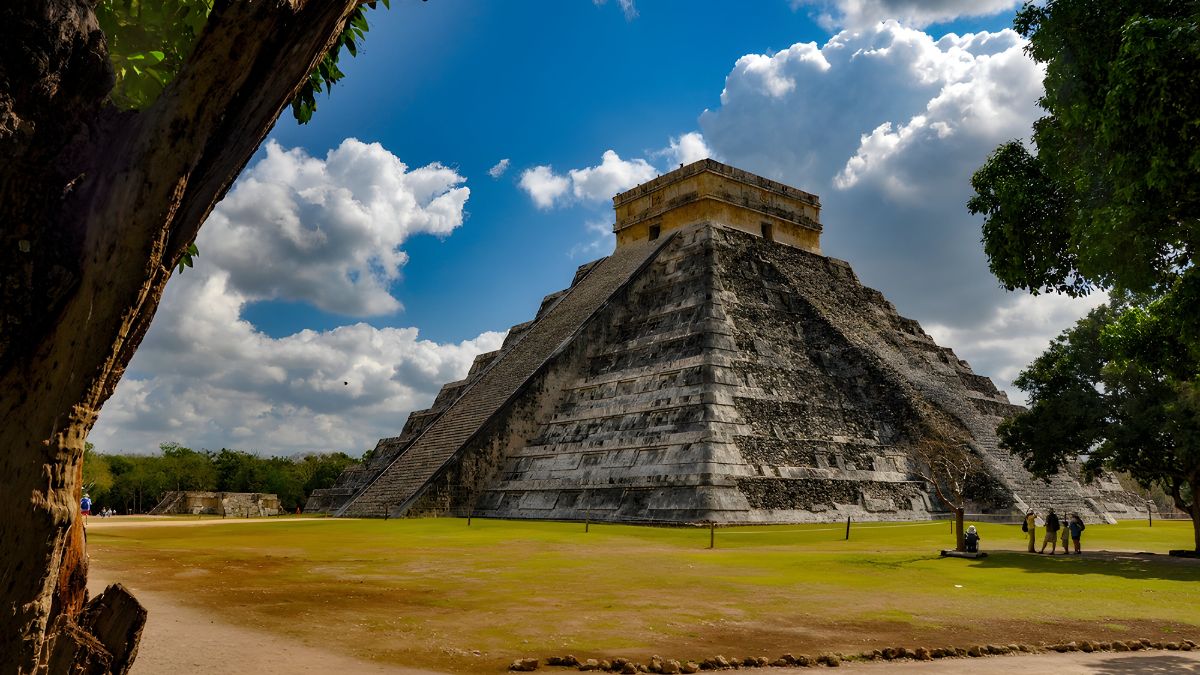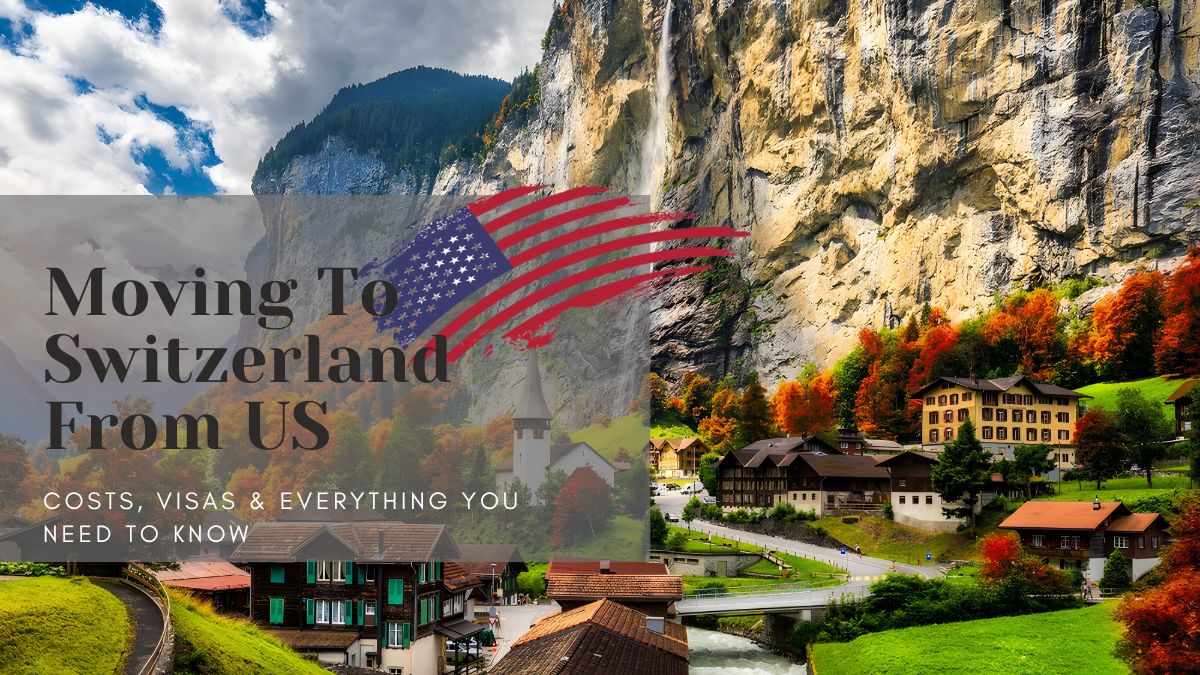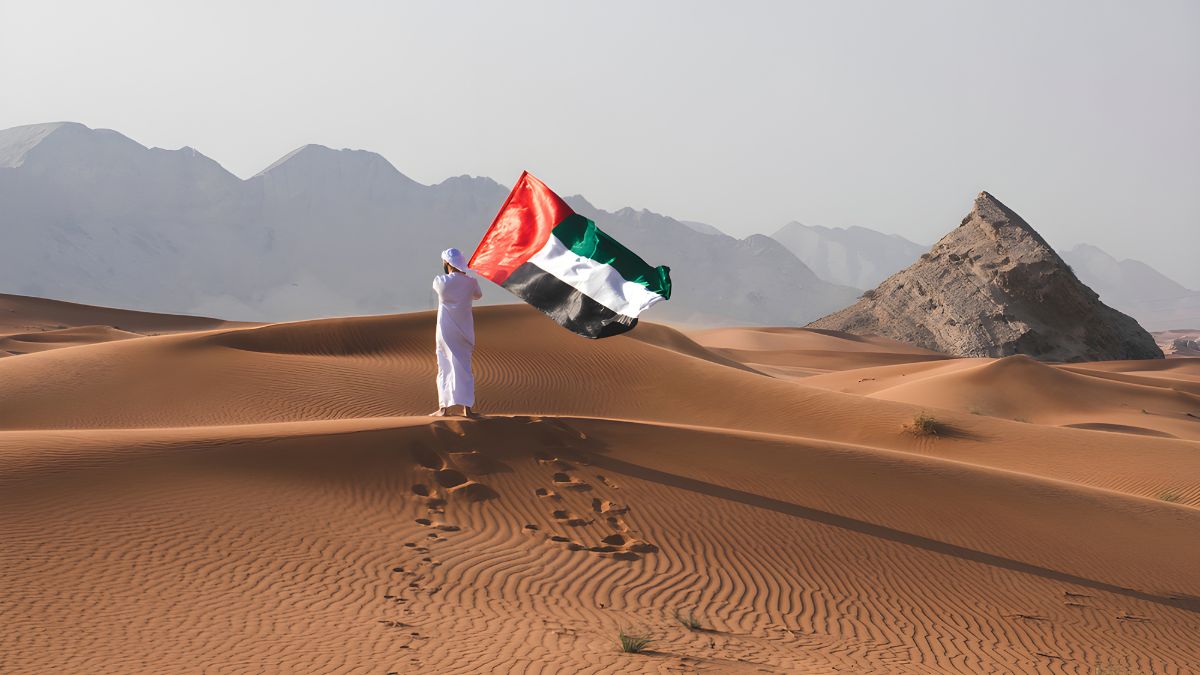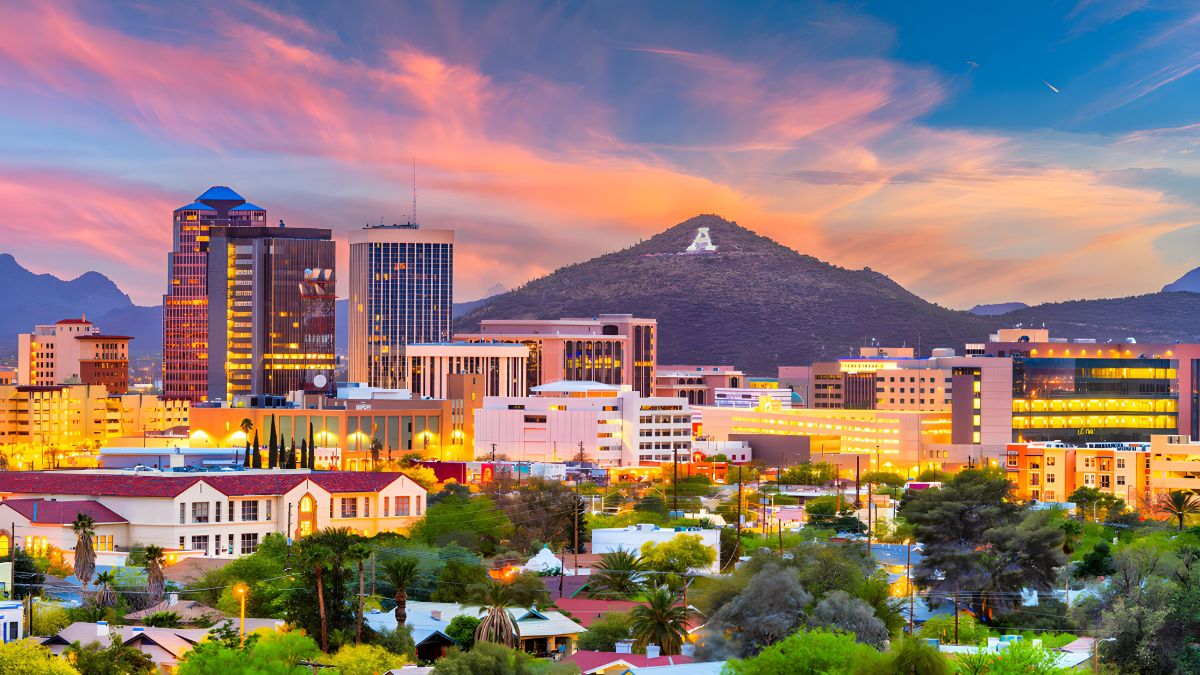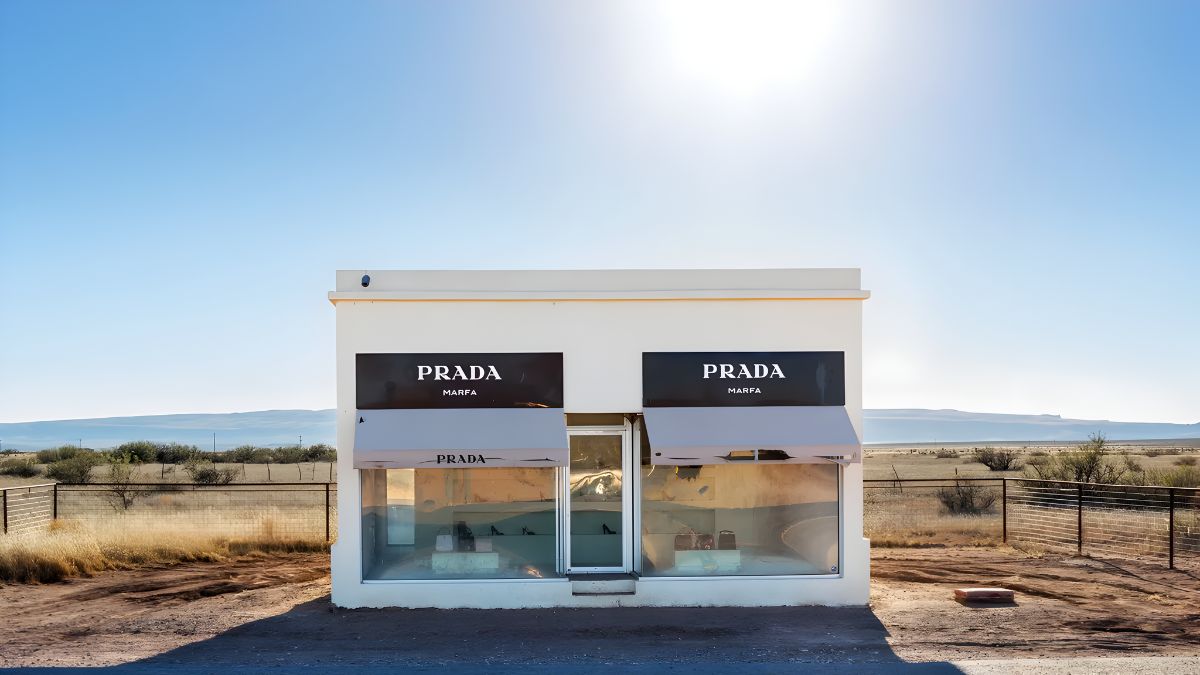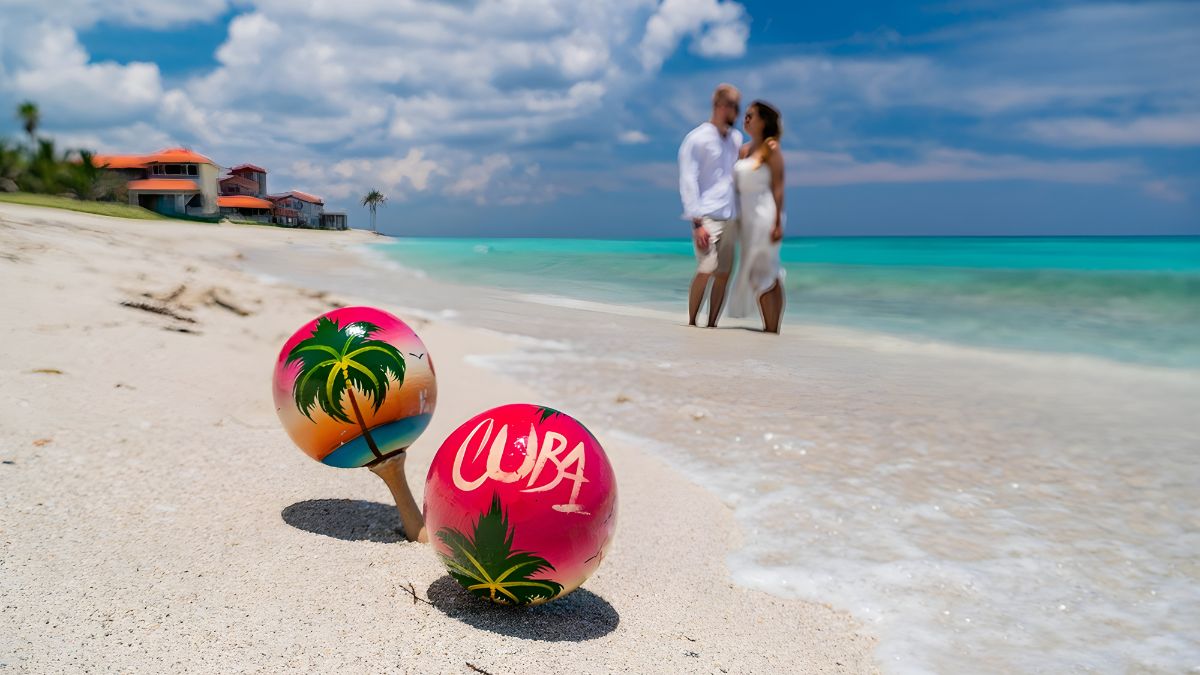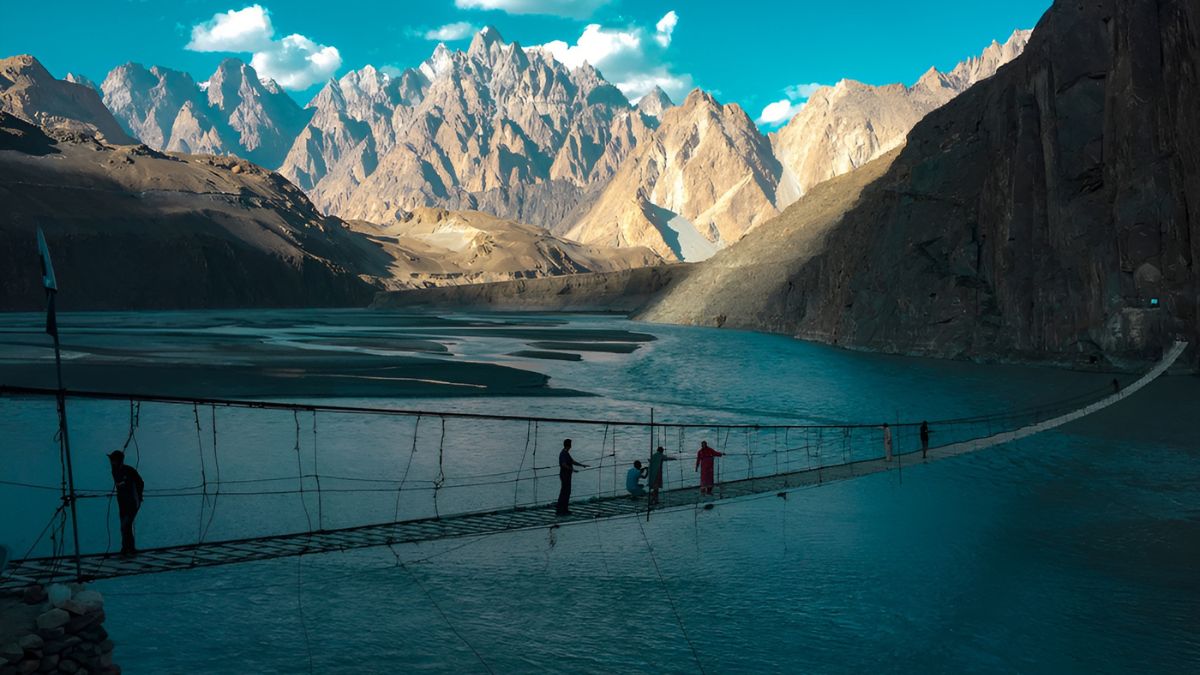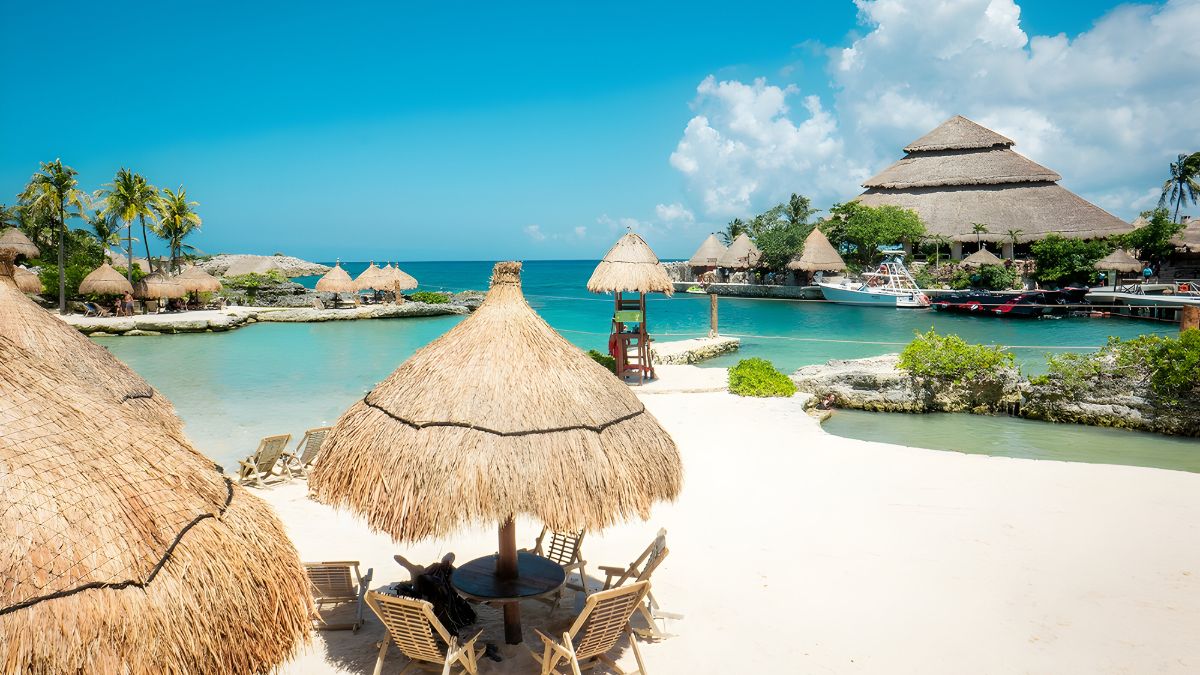
- March 16, 2025
- Heisenberg
- 0
In the 1960s, Marrakesh was a city of contrasts, where ancient traditions met the allure of the modern world. The city’s vibrant souks, historic palaces, and bustling streets were juxtaposed with the influx of international artists, musicians, and intellectuals who found inspiration in its rich culture and exotic landscapes. This period marked a significant transformation for Marrakesh, as it evolved into a haven for the bohemian lifestyle, attracting a diverse array of individuals seeking creativity, freedom, and a connection to a different way of life.
The city’s magnetic charm during this era was undeniable. Marrakesh offered a unique blend of old-world charm and new-world possibilities, making it an ideal destination for those looking to escape the conventional and embrace a more unconventional lifestyle. The allure of its vibrant markets, rich history, and the promise of artistic inspiration drew many to its streets, leaving an indelible mark on the city’s cultural landscape.

The Arrival of the Bohemian Spirit
In the early 1960s, Marrakesh began to attract a new wave of visitors—artists, musicians, and writers from around the globe. The city’s unique ambiance, with its labyrinthine medina, ornate palaces, and the ever-present scent of spices, provided a rich tapestry for creative minds. This influx of international talent transformed Marrakesh into a vibrant cultural hub, where East met West in a harmonious blend of artistic expression.
The city’s allure was further enhanced by its exotic appeal, offering a sense of adventure and discovery. For many, Marrakesh represented a departure from the mundane, a place where they could immerse themselves in a different culture and find inspiration in its sights, sounds, and rhythms. This period marked the beginning of Marrakesh’s reputation as a haven for the bohemian lifestyle, attracting those seeking a life less ordinary.
Influence of International Icons
The visits of international celebrities and artists solidified Marrakesh’s reputation as a bohemian haven. Notably, the Rolling Stones spent time in the city during the late 1960s, drawing attention to its vibrant culture and artistic scene. Their presence in Marrakesh highlighted the city’s growing status as a center for creativity and counterculture, attracting more artists and musicians to its streets.
The city’s allure was further enhanced by its exotic appeal, offering a sense of adventure and discovery. For many, Marrakesh represented a departure from the mundane, a place where they could immerse themselves in a different culture and find inspiration in its sights, sounds, and rhythms. This period marked the beginning of Marrakesh’s reputation as a haven for the bohemian lifestyle, attracting those seeking a life less ordinary.
Cultural Fusion and Artistic Expression
The convergence of diverse cultures in Marrakesh during the 1960s led to a unique fusion of artistic styles and expressions. Local artisans incorporated Western influences into traditional Moroccan crafts, resulting in innovative designs that appealed to locals and expatriates. This cultural exchange enriched the city’s artistic landscape, making it a vibrant center for creativity and expression.
The city’s markets became a melting pot of ideas, where traditional Moroccan art forms met contemporary Western styles. This fusion was evident in the works of local artists who blended traditional techniques with modern themes, creating pieces that resonated with the diverse community. Marrakesh’s role as a cultural crossroads during this period left a lasting impact on its artistic heritage.
Architectural Transformation
The 1960s also saw a transformation in Marrakesh’s architecture. While the city maintained its historic charm, there was a growing interest in incorporating modernist elements into traditional designs. This blend of old and new created a unique architectural style that reflected the city’s evolving identity during this period.
The influence of international artists and architects led to the creation of spaces that were both functional and aesthetically pleasing. These developments not only enhanced the city’s visual appeal but also contributed to its reputation as a center for innovation and creativity. Marrakesh’s architectural evolution during the 1960s mirrored its cultural transformation, embodying the spirit of the era.
Legacy of the 1960s Bohemian Era
The bohemian spirit of the 1960s left an indelible mark on Marrakesh. The city’s embrace of artistic freedom and cultural exchange during this period laid the foundation for its continued role as a cultural hub. The legacy of this era is evident in the city’s vibrant arts scene, its eclectic mix of traditional and modern architecture, and its enduring appeal to artists and travelers seeking inspiration.
Today, Marrakesh continues to celebrate its bohemian past, with galleries, workshops, and cultural events that honor the creative spirit of the 1960s. The city’s rich history of artistic expression and cultural fusion remains a testament to the transformative power of the bohemian lifestyle.

Key Takeaways
- Cultural Hub: In the 1960s, Marrakesh transformed into a vibrant center for artists, musicians, and writers, blending traditional Moroccan culture with Western influences.
- Artistic Fusion: The city became a melting pot of artistic styles, where local artisans incorporated Western elements into traditional crafts, resulting in innovative designs.
- Architectural Evolution: Marrakesh’s architecture during this period blended modernist elements with traditional designs, creating a unique and evolving cityscape.
- Enduring Legacy: The bohemian spirit of the 1960s continues to influence Marrakesh today, evident in its vibrant arts scene and eclectic mix of old and new.
Marrakesh in the 1960s was a city of transformation, where the convergence of cultures and the influx of creative minds reshaped its identity. The Bohemian era left a lasting legacy, influencing the city’s artistic expression, architecture, and cultural landscape.
Today, Marrakesh stands as a testament to the enduring spirit of creativity and cultural fusion that defined its bohemian past.
Keep exploring our blog for more travel and adventure insights to fuel your wanderlust!


